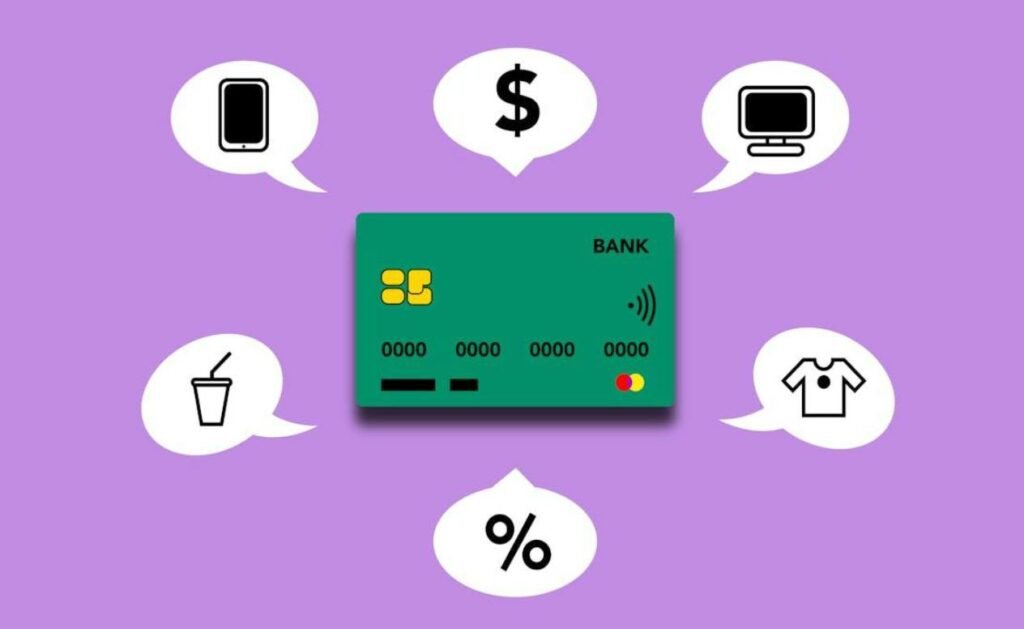In Austria, a nation traditionally inclined towards cash transactions and conventional banking, the embrace of digital solutions, particularly mobile banking apps, is steadily reshaping the financial landscape. Despite the enduring preference for traditional banking services, the digital sector is witnessing notable growth. This shift underscores a fundamental change in consumer behavior, driven by convenience, accessibility, and evolving user experience (UX) standards.
The diverse landscape of mobile banking apps in Austria
Mobile banking in Austria manifests in two primary forms: standalone mobile banks and mobile banking apps offered by traditional banks. While both categories offer similar services, traditional banks leverage their established infrastructure to provide a broader spectrum of financial products, including overdrafts, insurance, and investments. In contrast, standalone mobile banks appeal to users seeking streamlined, digital-only banking experiences, often devoid of traditional banking fees and paperwork.

Key services offered by mobile banking apps in Austria
A typical Austrian banking app offers a comprehensive suite of services, including:
- Account management and balance overview. Users can conveniently monitor their account activity, check balances, and track transactions in real time, fostering greater financial awareness and control.
- Seamless transfers, including SEPA transactions. Mobile banking apps in Austria facilitate swift and secure fund transfers, both domestically and internationally, enabling users to manage payments with ease and efficiency.
- Smart contact lists and IBAN management. By integrating intelligent contact lists and simplified IBAN management features, banking apps simplify the process of initiating transfers and transactions between contacts.
- Secure contactless payments with Apple Pay. Enhanced security protocols and support for contactless payment methods, such as Apple Pay, ensure safe and convenient transactions for users on the go.
- Customizable payment restrictions and management of standing orders. Users can customize payment settings, set up standing orders, and manage recurring payments seamlessly within the app, optimizing financial planning and budgeting.
- Access to investment and insurance information. Banking apps provide users with insights into investment opportunities, insurance coverage, and portfolio management options, empowering them to make informed financial decisions.
- Integration with stock exchange services. Advanced features, such as real-time stock market updates and investment tracking, cater to users interested in stock trading and investment management.
However, the success of mobile banking apps in Austria is not solely reliant on the range of services offered but also heavily influenced by user-centric design principles and innovative UX solutions.
Driving factors behind the success of mobile banking apps in Austria
- Erste George
Erste George stands out for its vibrant and engaging user interface, marked by playful color schemes and minimalist design elements in its mobile banking app. By incorporating contrasting colors and intuitive navigation, Erste George ensures consistent usability across its platform, appealing to a younger demographic in Austria seeking a modern banking experience.
- Bank Austria
Bank Austria distinguishes itself through its integration of OCR technology for receipt scanning, simplifying payment processes, and enhancing user convenience. By enabling users to digitize and store receipts within its mobile banking app, Bank Austria streamlines financial management and reinforces its commitment to digital innovation.
- BAWAG PSK Klar
BAWAG PSK Klar prioritizes user empowerment through detailed statistical statements, enabling users to track their spending habits, debt management, and savings goals. By presenting complex financial data in a visually intuitive manner, BAWAG PSK Klar enhances financial literacy and fosters stronger user engagement.
- N26
N26 adopts a card-based interface to enhance readability and streamline navigation in its mobile banking app, presenting services and features in a visually digestible format. By organizing information into concise cards with clear descriptions, N26 optimizes usability and accelerates task completion for users.
- Raiffeisen Mein Elba
Raiffeisen Mein Elba embraces progressive disclosure to mitigate information overload in its mobile banking app, presenting account details in segmented cards that users can explore at their own pace. Through intuitive navigation and streamlined content presentation, Raiffeisen Mein Elba enhances user comprehension and overall satisfaction.
- Easybank
Easybank prioritizes personalized notifications, empowering users to customize their notification preferences based on their individual needs and preferences. By offering granular control over notification settings, Easybank enhances user autonomy and cultivates a more tailored mobile banking experience in Austria.
- Bank Austria Mobile Geldböse
Bank Austria Mobile Geldböse reimagines the digital wallet experience by aligning interface elements with real-world counterparts, facilitating user recognition and engagement. Through intuitive design choices in its banking app and usability heuristics, Bank Austria Mobile Geldböse enhances user confidence and usability.
The future of mobile banking apps in Austria
While mobile banking apps in Austria have made significant strides in enhancing user experience and functionality, there are many opportunities for further innovation. The integration of virtual assistants, gamification elements, map-based transactions, and built-in banking keyboards represents untapped potential for Austrian banks to differentiate themselves and surpass neo-banks in the evolving digital landscape. By embracing partnerships with fintech companies and UX agencies, and prioritizing user-centric design principles, Austrian banks can continue to drive the evolution of mobile banking and meet the evolving needs of their tech-savvy clientele.

















